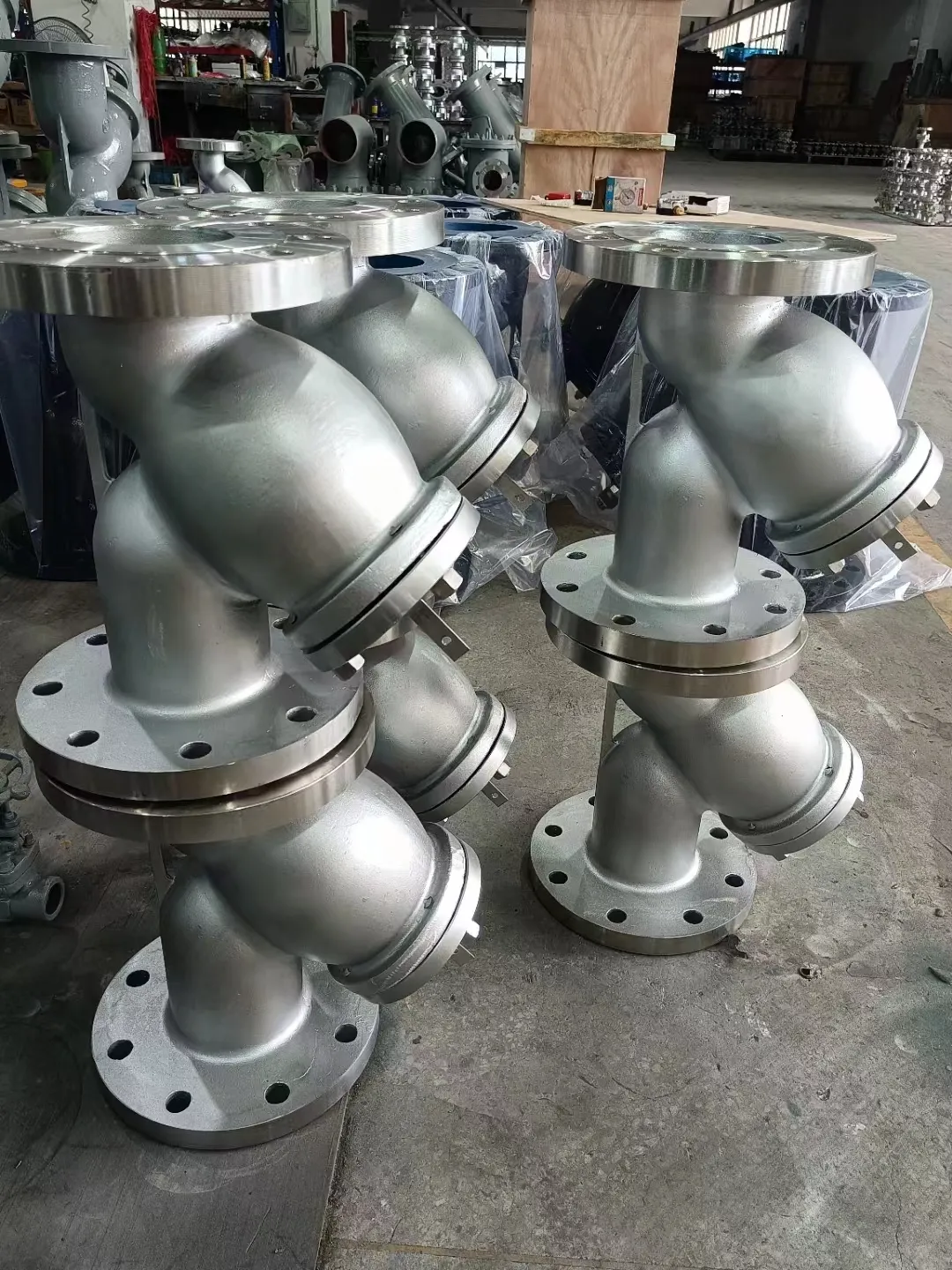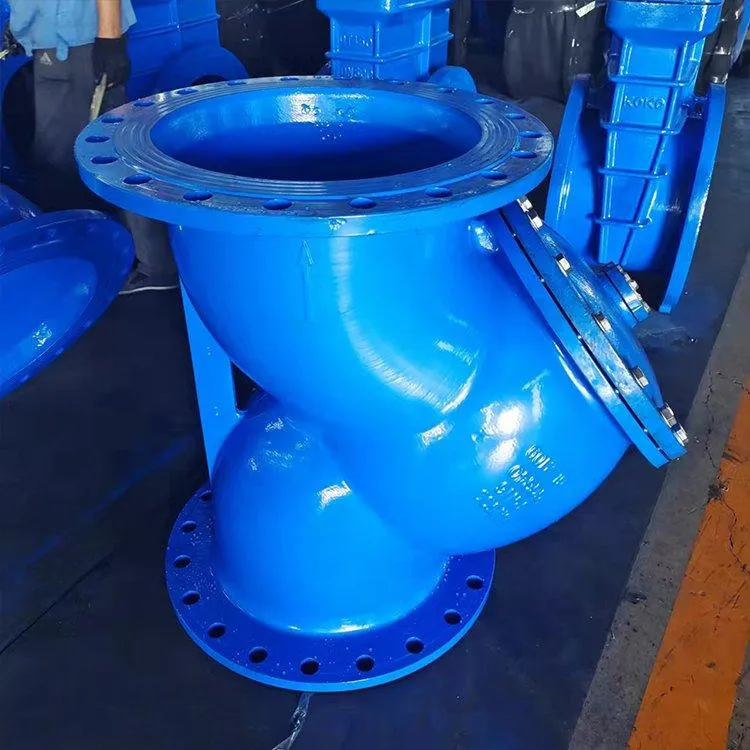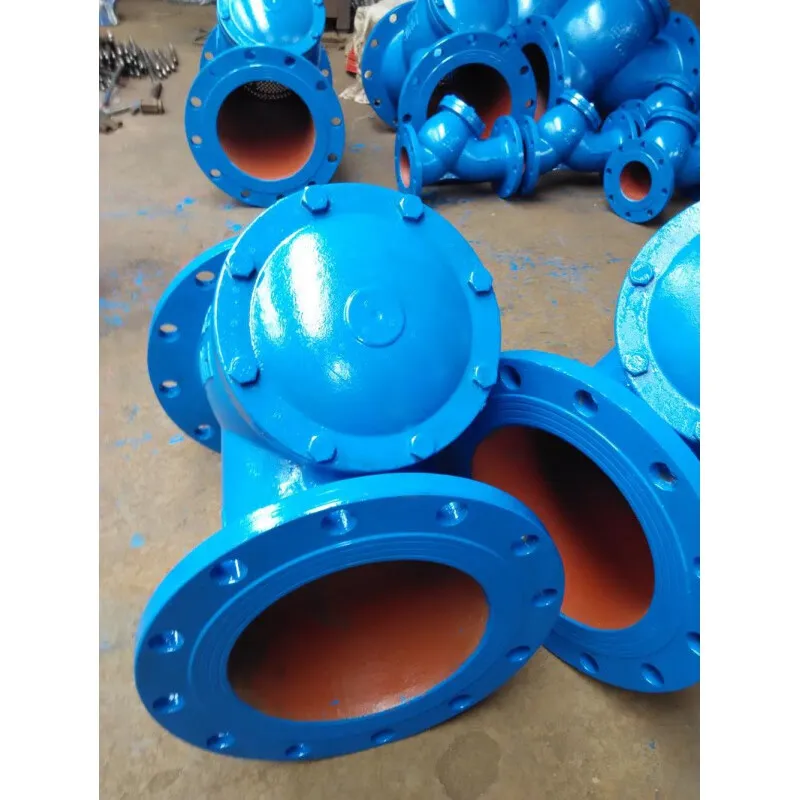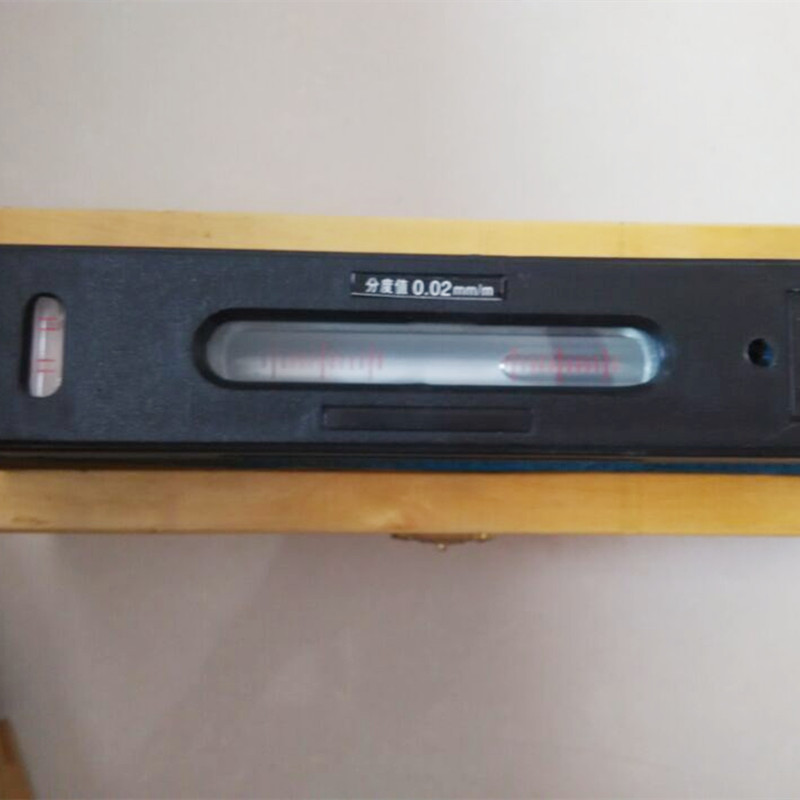cze . 27, 2025 11:17 Powrót do listy
Cast Iron Y Strainer Safety Standards
In industrial and commercial applications, ensuring the safety and reliability of fluid handling systems is paramount. Among the critical components in these systems are cast iron y strainers, y type filters, y shaped strainers, and y type strainer valves. These devices play a vital role in protecting equipment from debris, ensuring efficient operations, and minimizing downtime. However, their effectiveness hinges on adherence to rigorous safety standards. This article explores the safety protocols, design considerations, and best practices for these products, emphasizing their importance in large-scale industrial environments.

Understanding the Importance of Cast Iron Y Strainer Safety Standards
Cast iron y strainers are widely used in pipelines to mechanically remove solids from liquids and gases. Their robust construction makes them ideal for high-pressure applications, but their safety depends on compliance with industry standards. Key safety standards for cast iron y strainers include material integrity, pressure ratings, and corrosion resistance.
Manufacturers must adhere to ASTM A126 (for cast iron materials) and ASME B16.4 (for flange standards) to ensure durability under extreme conditions. Proper testing, such as hydrostatic pressure tests, validates the strainer’s ability to withstand operational stresses. Additionally, certifications from organizations like ISO or API guarantee that the product meets global safety benchmarks.
For end users, regular inspections of the cast iron y strainer are critical. Cracks, wear, or blockages can compromise safety, leading to leaks or system failures. Implementing a maintenance schedule aligned with manufacturer guidelines ensures longevity and reliability.

Applications and Safety Protocols for Y Type Filter Systems
The y type filter is a versatile component used in water treatment, HVAC systems, and chemical processing. Its angled design allows for efficient debris capture without significant pressure drop. However, its safety depends on proper installation and adherence to operational guidelines.
Safety protocols for y type filters include selecting the correct mesh size to match the system’s requirements. A finer mesh may trap smaller particles but could increase clogging risks, while a coarser mesh might allow harmful debris to pass. Standards such as ANSI/ASME B31.1 (for power piping) provide frameworks for mesh selection and installation practices.
Pressure relief valves and gauges should be integrated into systems using y type filters to monitor performance. Overpressure scenarios can strain the filter body, leading to catastrophic failures. Regular cleaning, especially in high-particulate environments, prevents blockages and maintains flow efficiency.

Design and Installation Best Practices for Y Shaped Strainer Systems
The y shaped strainer is renowned for its compact design and ease of maintenance. However, improper installation can negate its benefits. Safety begins with aligning the strainer’s orientation with flow direction markings to prevent reverse installation, which can damage internal components.
Welding or flange connections must follow ASME B16.5 specifications to ensure leak-free operation. Support brackets are essential for larger y shaped strainers to avoid stress on adjacent piping. Additionally, strainers installed in outdoor environments require coatings or materials resistant to UV degradation and moisture.
Training personnel on safe handling procedures—such as using PPE during maintenance—reduces workplace hazards. Lockout-tagout (LOTO) protocols should be enforced when servicing y shaped strainers to prevent accidental system activation.
Maintenance and Compliance for Y Type Strainer Valve Operations
The y type strainer valve combines filtration and flow control, making it indispensable in complex systems. To maintain safety, operators must prioritize routine inspections and compliance with industry regulations.
Key maintenance steps include checking the valve seat for wear, lubricating moving parts, and replacing damaged seals. Standards like API 598 (valve inspection) outline acceptable leakage rates and performance criteria. For y type strainer valves handling hazardous fluids, compliance with OSHA guidelines is non-negotiable.
Documentation is equally important. Keeping records of inspections, repairs, and replacements ensures traceability and aids in audits. Manufacturers supplying y type strainer valves in bulk often provide detailed logs to streamline compliance efforts.

FAQs About Cast Iron Y Strainers and Related Products
What are the primary safety standards for a cast iron y strainer?
The cast iron y strainer must comply with ASTM A126 for material strength and ASME B16.4 for flange connections. Hydrostatic testing ensures it can handle rated pressures safely.
How does a y type filter prevent system contamination?
The y type filter traps debris via a stainless steel mesh, preventing particles from entering sensitive equipment. Regular cleaning maintains its efficiency and safety.
Can a y shaped strainer be installed vertically?
Yes, but orientation depends on the system design. Ensure the strainer’s access cover is accessible for maintenance, regardless of installation angle.
What maintenance is required for a y type strainer valve?
Inspect seals and valves quarterly, lubricate stems, and replace worn components. Follow API 598 guidelines for leakage tests.
Are cast iron y strainers suitable for corrosive fluids?
Cast iron offers limited corrosion resistance. For corrosive applications, consider epoxy-coated strainers or consult manufacturers for material recommendations.
Adhering to safety standards for cast iron y strainers, y type filters, y shaped strainers, and y type strainer valves is non-negotiable in industrial settings. These components ensure system integrity, protect downstream equipment, and enhance operational efficiency. By prioritizing compliance, regular maintenance, and proper installation, industries can mitigate risks and achieve long-term reliability. Manufacturers committed to these principles continue to lead in delivering high-quality, safe solutions for global markets.
-
Surface Plate Maintenance Best Practices for LongevityAktualnościJun.27,2025
-
Historical Evolution of Iron Surface Plates in Industrial MetrologyAktualnościJun.27,2025
-
Cast Iron Y Strainer Safety StandardsAktualnościJun.27,2025
-
Blockchain Verification for Gauge Tool Certification IntegrityAktualnościJun.27,2025
-
Advantages of Triple Offset Butterfly Valve Types in High-Pressure SystemsAktualnościJun.27,2025
-
Wear Resistance Strategies for Trapezoidal ThreadsAktualnościJun.26,2025
Produkty powiązane









